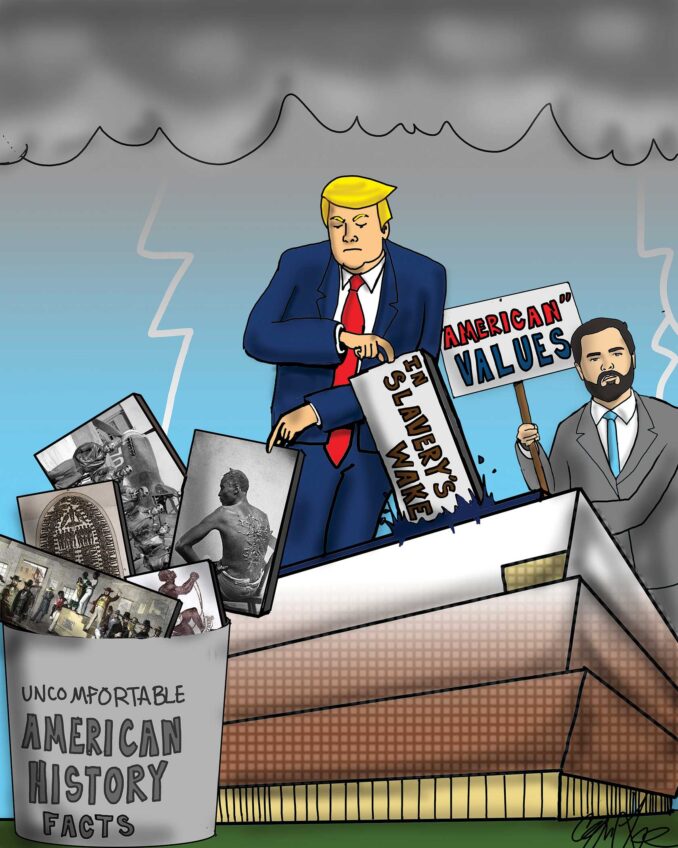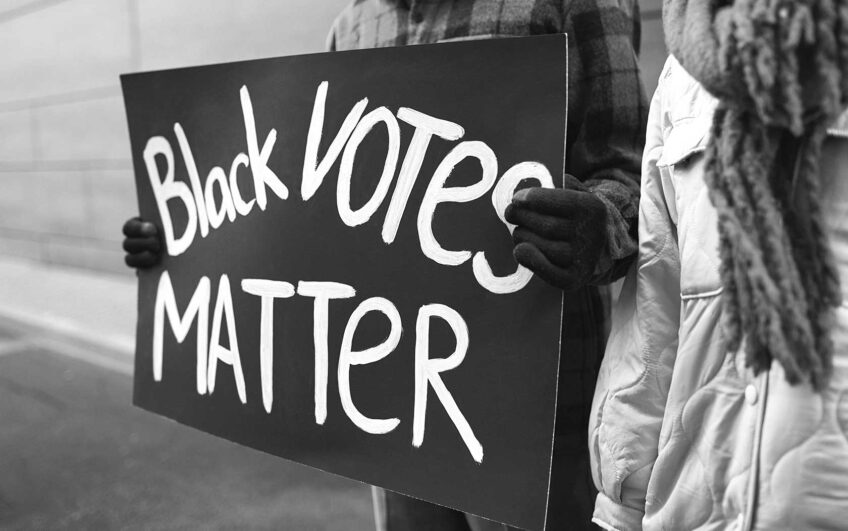Oakland police massacre casts ugly glare on ex-felon desperation
The general consensus is that it was a deadly mix of panic, rage and frustration that caused Lovelle Mixon to snap. His shocking murderous rampage left four Oakland, Calif., police officers dead and a city searching deep in its soul for answers about what went so terribly wrong.
Though Mixon’s killing spree was a horrible aberration, his plight as an unemployed ex-felon was not. There are tens of thousands like him on America’s streets.
In 2007, the National Institute of Justice found that 60 percent of ex-felon offenders remain unemployed a year after their release. Other studies have shown that more than 30 percent of ex-felons live in homeless shelters after their release because they are unable to find housing — and those are the lucky ones. Many camp out on the streets.
A significant number of them suffer from drug, alcohol and mental health challenges, and lack education or any marketable skills. More than 70 percent of all U.S. prisoners read at only the two lowest grade levels. Nearly 60 percent of violent felons are repeat offenders. They are a menace to themselves and, as the nation saw through Mixon’s case, to others. In some cases, they can be set off by any slight or insult, real or perceived; in others, they simply lash out from bitter rage.
Whichever one of those categories Mixon fell into, he made four Oakland police officers victims, leaving behind a terrible trail of grieving and distraught families, as well as a shell-shocked city and police department.
Finding an answer as to how to handle cases like Mixon’s isn’t easy. The need is to strike a fine, delicate balance between public safety and ex-felon rehabilitation.
A big obstacle to helping ex-felons become law-abiding, productive citizens is still the inability of many of them to find jobs. City officials in Los Angeles, San Francisco, Washington, D.C., Chicago, New York and Atlanta have been challenged repeatedly to take action to end employer discrimination against ex-felons. The demand has been to restrict what employers can and can’t ask prospective workers on job applications.
In a revealing 2003 study, which was duplicated several years later, sociologist Devah Pager, then a professor at Northwestern University, hired groups of young white and African American men with identical resumes and experience to pose as job applicants. Some were told to say they had a drug felony on their record. The study found that checking the felony conviction box on applications reduced the white applicants’ chances of getting an interview by 50 percent. It lowered black applicants’ chances by two-thirds.
To counter employer discrimination against ex-felons, a number of states, counties and cities have enacted laws in recent years to sharply limit what employers can ask about job applicants’ criminal records. But that effort has stirred fierce resistance from employer groups in places like Washington, D.C.
Nearly 3,000 former prisoners are released and return to the District each year. Most fit the standard ex-felon profile — they are poor, they have limited education and job skills, and they come from broken or dysfunctional homes. Researchers found that failure to find work was the single biggest factor that contributed to their return to the streets, crime, violence and ultimately incarceration.
In 2007, the Council of the District of Columbia passed a measure that would have banned discrimination in employment, housing and education against ex-felons. It was vetoed by then-Mayor Anthony A. Williams. The heat on Williams came from business groups who claimed they would be sued by rejected applicants.
Similar federal legislation called the Second Chance Act hasn’t fared much better. It’s a relatively mild measure to pump about $100 million to local and state agencies for education, job and skills training, counseling and family unification programs to stem the high rate of recidivism among ex-felons.
President Obama has often spoken of the need to unhinge the revolving door of felon recidivism. But with the economy and the financial crisis dominating the national agenda, the chances that ex-felon aid will get immediate attention are slim.
In the meantime, the ranks of the felon underclass will continue to balloon. At last count, an estimated 12 million people in the U.S., nearly 10 percent of the nation’s working-age population, had felony convictions. With jails bulging and states desperate to cut incarceration costs turning in growing numbers to early release as an option, more ex-felons will be on the streets.
Mixon, unfortunately, was one of them. Others like him are ticking time bombs that endanger themselves and others. Oakland taught us that.
Earl Ofari Hutchinson is a syndicated columnist, author and political analyst.






